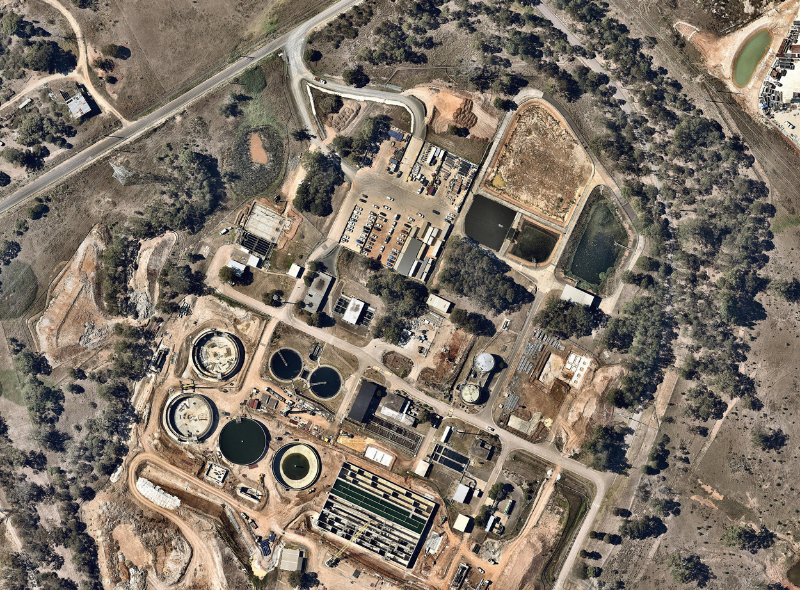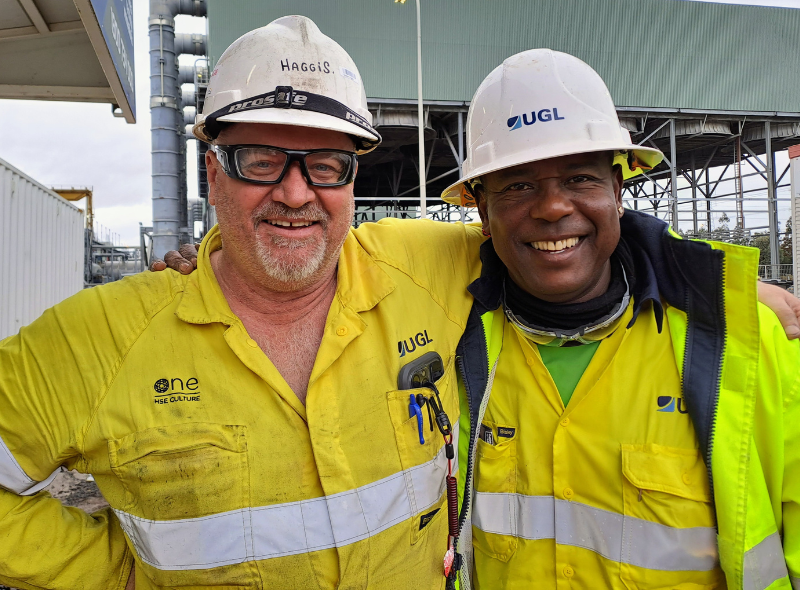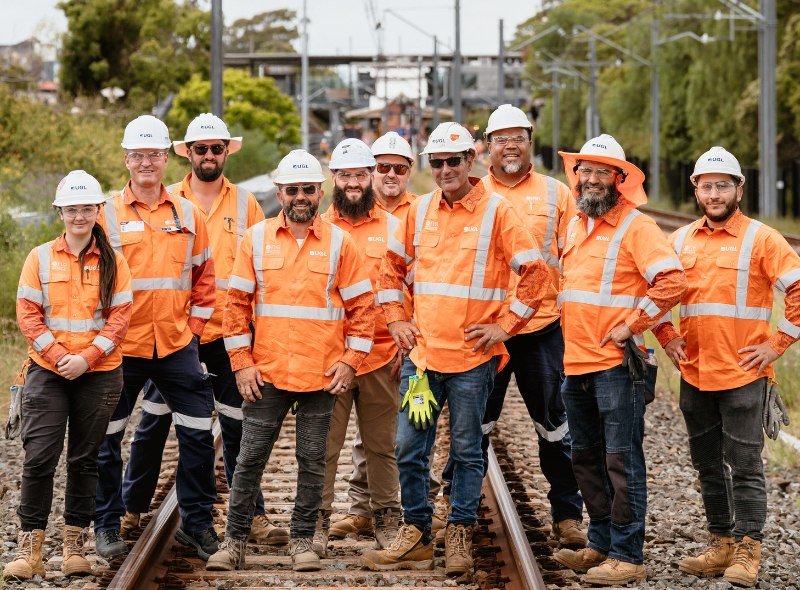Lower South Creek Treatment Plant
UGL is delivering large upgrades for the Lower South Creek Treatment Program at Riverstone, St Marys and Quakers Hill Water and Wastewater Treatment Plants for Sydney Water Corporation (Sydney Water).
Sydney Water Corporation (Sydney Water) owns and operates 16 wastewater treatment plants. Each day, Sydney Water collects the equivalent of 520 Olympic-sized swimming pools of water from 1.8 million homes and businesses in Sydney, the Illawarra and the Blue Mountains.
Sydney Water invested in the program to increase the quality capacity and reliability of the Lower South Creek wastewater system in Sydney’s South West. The upgrade to the infrastructure will enable the wastewater system to support an additional 500,000 people in the area by 2040.
Details
Location
Lower South CreekStatus
CurrentSector
WaterExpertise
Client
Sydney Water Corporation
Sydney Water identified the need to deliver significant improvements to the water quality, treatment plant capacity and reliability of the wastewater system in the Lower South Creek area.
Upgrades to the treatment plant included a plan that catered for future population growth, supporting a possible extra 500,000 people in the area by 2040. The Lower South Creek Treatment Program covers upgrades to:
- wastewater treatment facilities at Riverstone Wastewater Treatment Plant (WWTP)
- St Marys Water Recycling Plant (WRP) and
- Quakers Hill Water Recycling Plant
Project scope
Our solution
UGL is a member of the ADAPT JV, a 50:50 joint venture delivering the upgrade to Lower South Creek, along with WSP Parsons Brinckerhoff.
The JV provides project management services including:
- design and construction management
- project risk management
- procurement management – consultancy, technical, design, equipment, materials, construction, commissioning work packages
- contract/commercial management
- commissioning and turnover management
The Lower South Creek Treatment Program comprises of three major projects detailed below.
Riverstone WWTP Stage 1 amplification and upgrade
St Marys Water Recycling Plant’s reliability and renewal works
A study also determined that the liquid stream at Quakers Hill needed to be replaced and the best option was to direct the waste sludge to a combined solids handling facility at St Marys WRP. 10ML/day screened and de-gritted sewage will be transferred from Quakers Hill to St Marys, combined with screened primary and waste activated sludge. Combining the solids produced at Quakers Hill with the solids produced at St Marys provides the scale needed for beneficial recovery of the energy. Energy recovery is enhanced using the Thermal Hydrolysis process.
The new anaerobic digestion and energy recovery facility is large enough to treat sludge production from both the St Marys WRP and Quakers Hill WRP, and has the flexibility to implement co-digestion. Additionally, a new 12-kilometre 250mm sludge transfer pipeline from the Quakers Hill WRP to the St Marys WRP will be built.
The ADAPT JV is also delivering a large treatment upgrade at St Marys to provide an additional 48ML/day of capacity to the existing plant. This capacity boost will be through an extension (stage 4 bioreactor) to the existing 5 stage Bardenpho process, which will allow biological nutrient removal of phosphorous and nitrogen. This will add capacity to provide treatment facilities to another 280,000 Equivalent Population.
Quakers Hill Treatment Plant to be replaced
The existing Quakers Hill Treatment Plant will be replaced by a new 38 ML/day Biological Nutrient Removal plant in this third project. The new Quakers Hill plant will provide primary sedimentation treatment, instead of the secondary treatment currently provided. The new Quakers Hill Treatment Plant will provide treatment facilities for a catchment with an Equivalent Population of around 223,000 people.
As a member of the ADAPT joint venture, UGL provided:
- new inlet works
- new primary treatment
- new 19ML/day secondary treatment (4 stage Bardenpho)
- augmented tertiary treatment (new clarifier and refurbishment of filters)
- new odour control
- modification and upgrade of biosolids anaerobic digestion system
- decommissioning, dismantling and demolition of redundant process infrastructure
- new/augmented primary treatment (mechanical primaries)
- refurbish and upgrade of existing Stage 3 biological bioreactor
- new stage 4 bioreactor (5 stage Bardenpho)
- augmented tertiary clarification
- new pre-digestion sludge screening and thickening
- new thermal hydrolysis plant (Cambi)
- new and replacement biosolids dewatering, handling, storage and loadout facility (140dT/day)
- new secondary treatment (Nereda)
- new sludge transfer system to St Marys
Key successes
- the inclusion of novel processes at both sites (aerobic granular sludge process, thermal hydrolysis process and mechanical primary sedimentation)
- numerous value engineering outcomes including process consolidation, materials selections, construction techniques and equipment selections, while maintaining quality and reliability

Our culture

